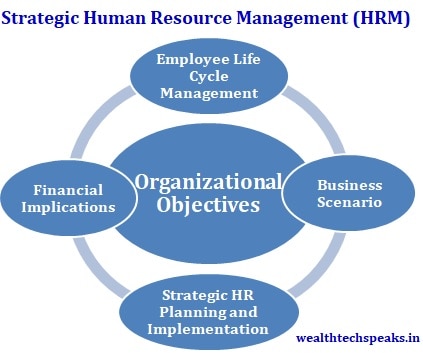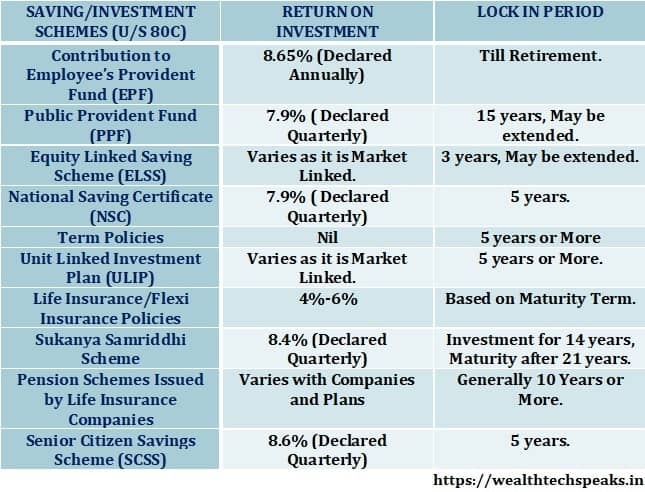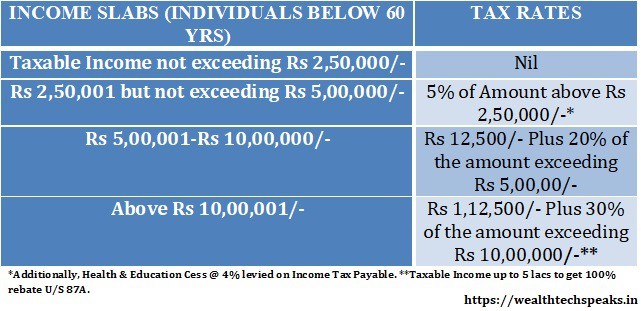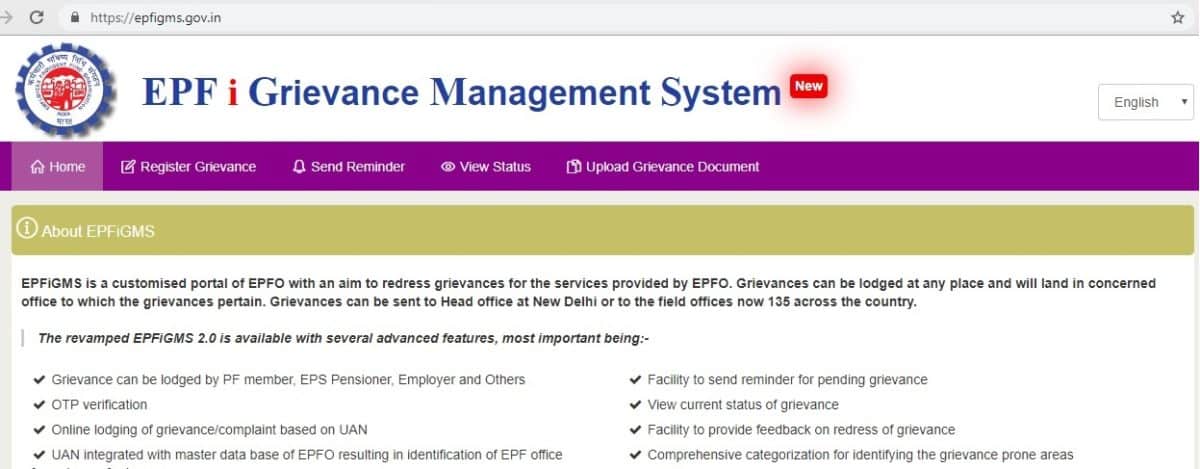
SEBI Margin, Pledge & Trade: Guidelines
- Posted By Amritesh
- On September 8th, 2020
- Comments: 4 responses
SEBI has introduced some major changes effective from 1st September, 2020, further changes are expected to be rolled out later in the current Financial Year. The changes are introduced to increase transparency in dealings and protect the interest of the investors. Stock Broking houses are upgrading their platforms to adhere to the new guidelines. The new guideline is likely to impact the Brokers more than the Investors as former needs to adopt & implement the changes. The Investors are not expected to face any major issues with new implementation. However, for traders the new margin norms may impact the volume of trade recorded on daily basis. The traditional broking firms are expected to be impacted the most by the new guidelines. New SEBI Margin, Pledge & Trade guidelines is expected to prevent broking houses from misusing client’s securities.
Let’s understand the SEBI Margin requirement, Pledging norms and related developments in a nutshell.
What is Margin Trading in Securities?
Margin Trading in Stock Market denotes the scenario wherein an Investor is allowed to transact in quantity in excess to the liquid funds available. The margin for the trade (percentage of total transaction value) is deposited by the client to the intermediary (broker). The outstanding amount is to be cleared before the delivery is completed. But due to volatile nature of the market it also involves risk. The margin trade in securities is a facilitated with borrowed resources in form of Funds or Securities.
What is VaR in Securities Trading?
Value at Risk (VaR) is a measure of the risk of investments. It is the assumption of the risk involved with the investment, under normal market conditions at a particular period. VaR margin intends to cover the largest loss that may arise on 99% of the days (99% Value at Risk). It covers 1 to 3 day losses depending on the nature of stock (Liquid or Illiquid).
What is Extreme Loss Margin (ELM)?
Extreme Loss Margin (ELM) is additional line of defense to cover probable losses extending over the 99% VaR margin.
What is Re-pledge?
Investors offering collateral in form of securities as margin need to pledge the stocks with the Trading Member (TM). TM needs to re-pledge the same with the Clearing Member (CM), who again will re-pledge the same with the Clearing Corporation (CC).
In short, re-pledge is to pledge more than once.
SEBI Margin, Pledge & Trade : Guidelines
Margin is required for placing a trade. Transaction in securities will require upfront margin. Earlier, same was taken care by the brokering house and Investor could make the payment within the T+2 days (Transaction plus 2 days for stocks to be credited in the demat account). Now upfront margin (VaR+ELM) is mandatory. Minimum 20% margin is required for transaction. For most of the Bank & Online Brokers this should not be a problem as the entire transaction value is blocked at the time of placing the trade.
Example: Investor buys Stock A for Rs 100, he/she must provide margin of Rs 20 (if VaR + ELM is 20%), rest amount be paid within 2 days.
Pledged Stocks to remain in the client’s demat account, notified as pledged. Clients/Investors need to individually authorize pledge requests using simple authentication process to the depositories CDSL & NDSL. Power of Attorney (PoA) and pooling of accounts is disallowed. Brokers are no longer allowed to pool the pledged stocks. Previously, the client had to give the PoA to the Broker who in return provided the margin to the clients. This created room for misuse of funds and brokers could use the pool of funds to extend leverage to other client.
New Trade will require fresh funds. Proceed from sell of Shares cannot be used for new trades (not applicable for delivery trades, if securities are deducted on the same day). The funds from sell may be used once the same is credited in the account. For new trades fresh funds need to be invested.
Income Tax Comparison: Old vs New Tax Regime
BTST (Buy Today Sell Tomorrow) transactions will also require adequate margin for the transaction to be executed. When sale is made on T+1 day, sell proceeds may be used to place new trade. However, the sale proceeds from such trade cannot be used for fresh transaction on the following day (T+2). Only 60% of the BTST proceeds will be available to take fresh positions in F&O segment.
Brokering Houses need to collect and report margins on client basis. Failure to do so will attract penalty.
Intraday Trading proceeds will be available only after T+2 days for fresh transaction. The new guidelines may impact the intraday trades, as margins are offered to the clients by the broking house to facilitate large transactions. Again, Online Broking Firms do charge margin upfront and since the transaction is squared off the same day, leverage will continue. Small Broking House with limited funds may have to cut down on the leverage.
Future & Options (F&O) already has rules set by SEBI for collection and reporting of margins. The Broking firms need to report the margins required for the positions taken on daily basis.
Option sell proceeds can be used to only buy fresh Option on the same day in the same segment. But Option cannot be sold prior to T+1 day.
SEBI Margin, Pledge & Trade Guidelines: Will this impact Retail Investors?
Initially, the new changes may cause some confusion among the retail investors especially the new ones. However, the changes introduced are in the larger interest of the investors. The new changes may lead to low volume of trade as many of the investors will prefer delivery trade compared to intra-day trade.
Retail Investors are not expected to be affected by the new changes as many invest via Bank Broking services or through Discount Broking firms who already comply with the new regulations. New change is largely going to impact the offline and traditional brokers and traders.
Going forward, new guidelines will help in building a transparent system offering quality trading experience.
The post will be updated as we research more about the changes and implementation introduced by SEBI.
Wealthtech Speaks or any of its authors are not responsible for any errors or omissions, accuracy, completeness, timeliness or for the results obtained from the use of this information. This article is for informational purpose only. Readers are advised to research further to have detailed knowledge on the topic. It is very important to do your own analysis and consult your Financial Advisor before arriving at any conclusion.







